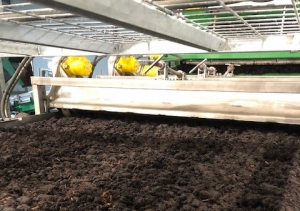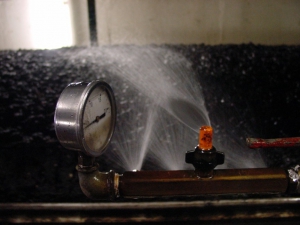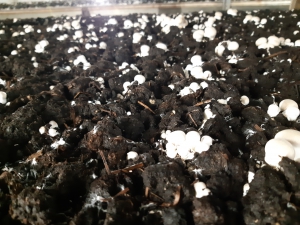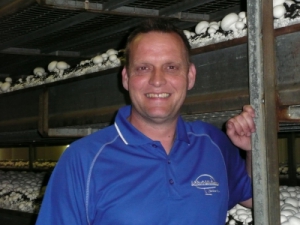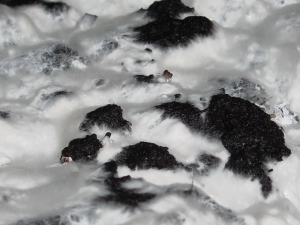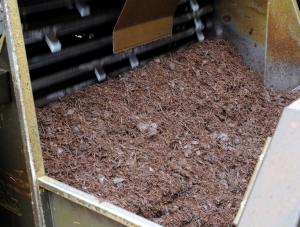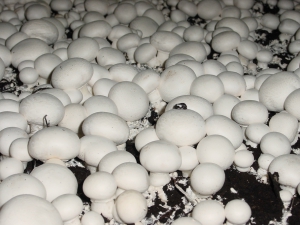
Blogs
Importance of filling
Jul 01,
2020
Many times when I see growing operations I got questions on how to get improvements and many times it always comes back to the way…
Water, the ongoing discussion
Jun 03,
2020
If one wants to start a discussion with a grower (or with a consultant), start talking about watering.How much, when and what watering method.To make…
And on the 7th day
Apr 17,
2020
An appropriate title for a blog written on Easter Monday. Normally the 7th day is a day of rest. Good for people after a week…
Using steam for humidifying
Apr 01,
2020
In many systems steam is used for humidifying the grow rooms. It’s a good solution to keep the right climate in the grow rooms but…
High, higher, too high?
Mar 02,
2020
After the last water during the incubation in the casing soil, the grower wants the mycelium to grow onto the surface.To ensure a good recovery…
Higher Filling
Mar 02,
2020
Does a higher filling weight give better quality?The filling weight, i.e. the number of kilos of compost per square metre, should be between 80-95 kg/m2.…
Filling the growing room
Jan 23,
2020
How mushrooms grow and the yields are determined at filling. Assessing the compost and casing soil determines the final quality of the mushrooms. After this…
A good stagger to meet targets
Jan 23,
2020
The targets for a mushroom farm are amongst others:• Meet market requirements• Good quality at the lowest possible harvesting costsTo meet the market requirements the…
I am losing my quality
Oct 28,
2019
Imagine the third picking day of a first flush. In the morning the pickers are picking a beautiful mushroom. Around noon the mushrooms are starting…














